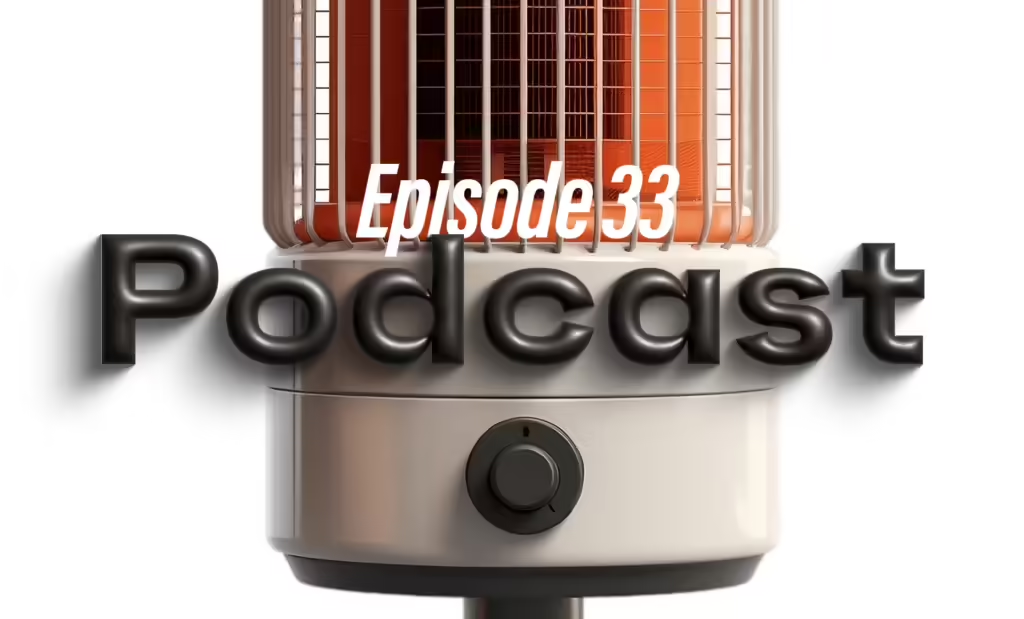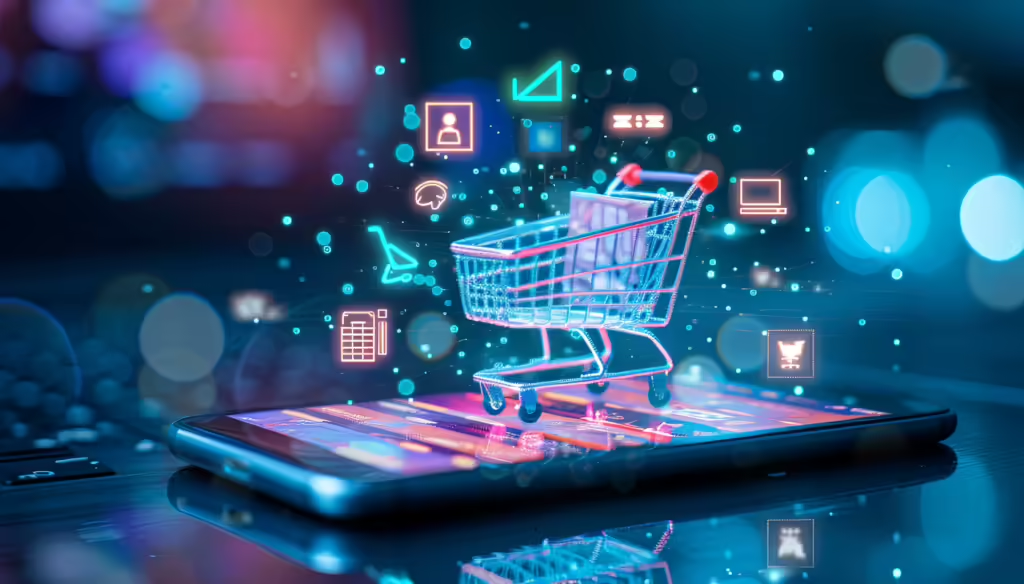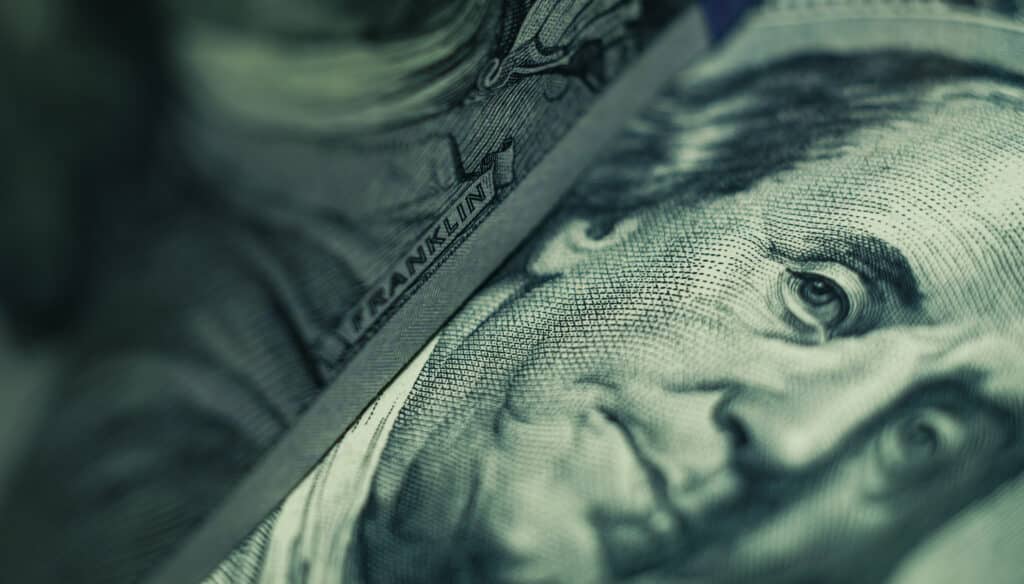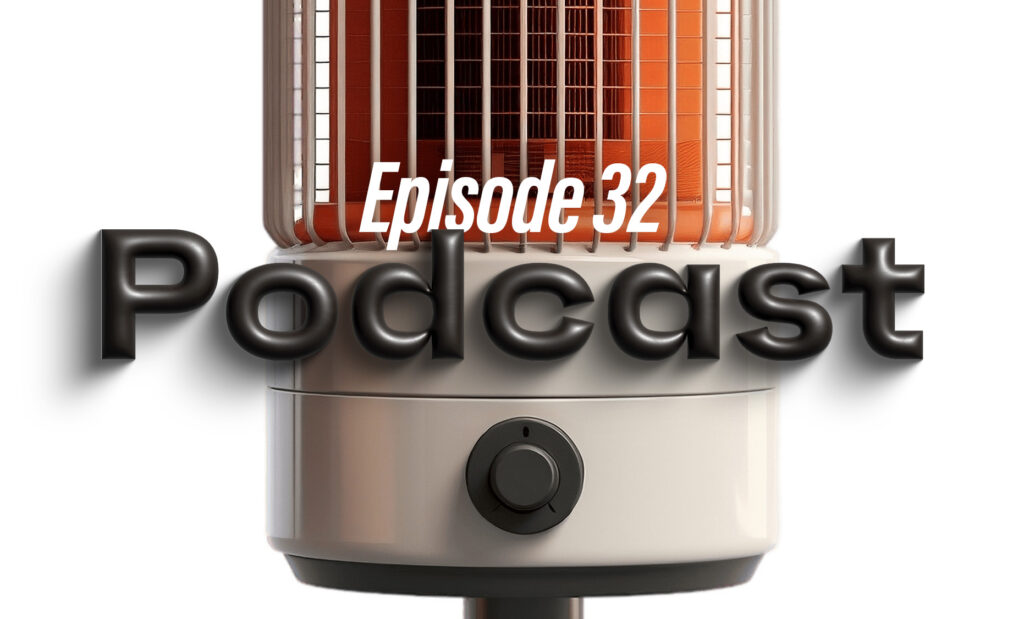With Maureen Mwangi
R-RRIP! That was the sound of how we’ve marketed and sold products for ages — being torn apart. Facebook, Google Ads and other digital ad platforms have been gutted by consumer privacy implementations, making it impossible for many advertisers to sell their products online profitably using conventional pay-per-click methods.
Meanwhile, a succession of astonishing supply chain issues make spiralling costs and material availability a nightmare that threatens the future of nearly every product maker—including those sourcing locally.
Maureen Mwangi teaches growing product makers to navigate challenges like these profitably, and joins host Laurier Mandin to share advice and insider tips from her work in launching products for the likes of Lays, L’Oréal, Dove and Chobani. She explains why huge brands like GE, Toshiba and Johnson & Johnson are suddenly transforming to become smaller, and what that says to startups and growth-oriented product businesses.
It’s a jam-packed episode that covers many of the most important challenges facing product makers and product managers in the incredibly transformative era unfolding before us day-to-day. Here are a few of the highlights:
1:04 What you can learn from product giants becoming smaller, and have customers lean into your “smallness”
3:52 The two factors that MOST influence a customer’s buying decision, and how they relate to your product
5:44 How to leverage Fame, Frequency and Fluency to make your brand a household word with any audience
6:46 Why “scientific precision” is the key to profitability and success for a product business
8:48 Value Based Pricing, and how it can transform a product business into a profit leader
12:11 How to transition safely from a PPC-dependant eCommerce business to your own retail storefront
16:20 Why product makers’ growth strategy is different now, and how to embrace community building
18:35 How to manage supply chain gaps and avoid disappointing loyal customers
20:55 What is a “cash multiplier system,” and how having one can dramatically increase profitability
22:40 The one sure way to prevent customers from turning to your competition





